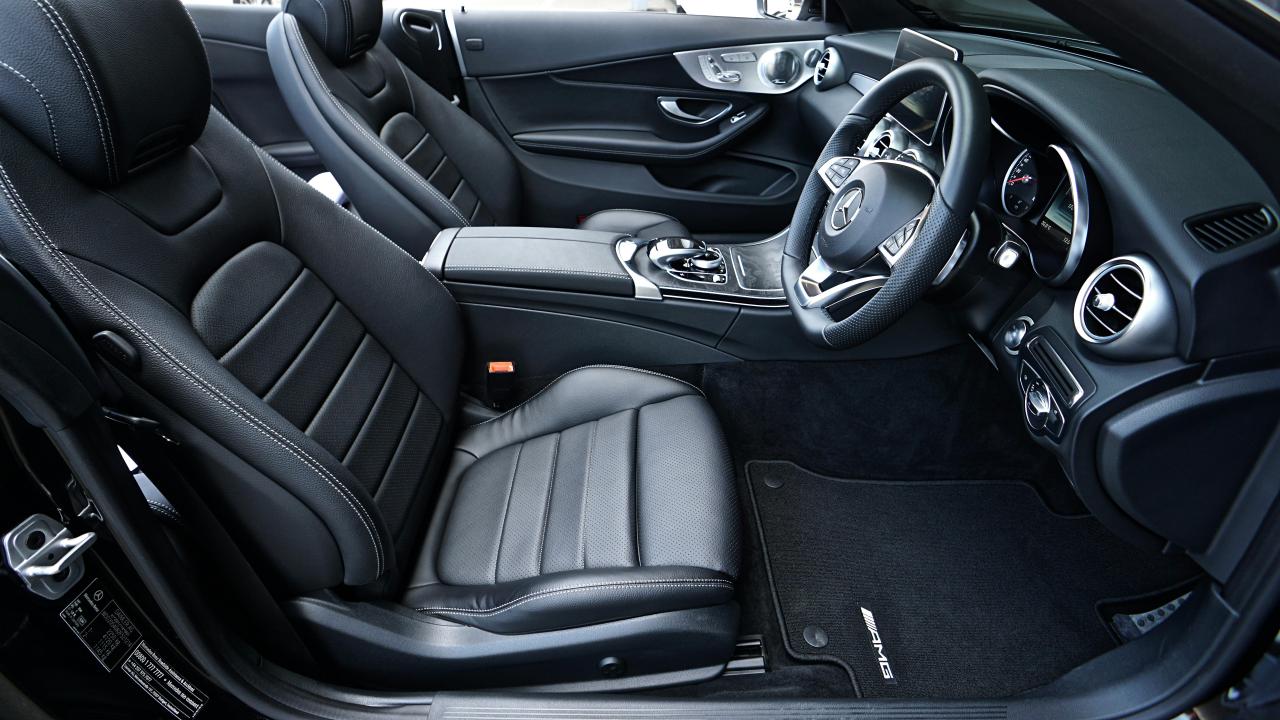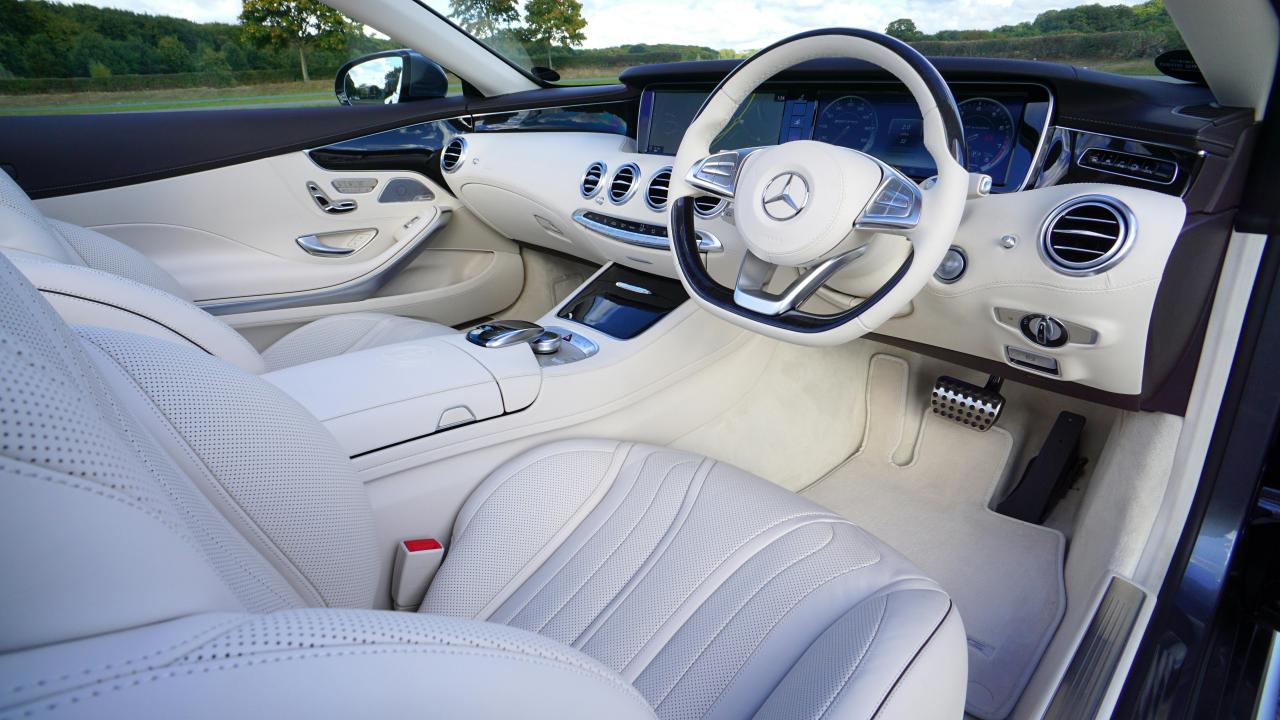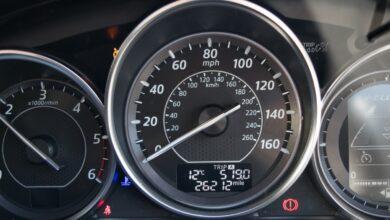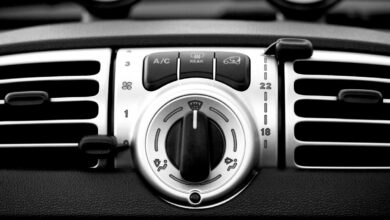Electrified Mobility: Mastering EV and Hybrid Technology

The global automotive industry, long reliant upon the established, century-old technology of the internal combustion engine (ICE), is currently navigating a profound, irreversible, and accelerating transformation. This immense, systemic shift toward electrification is driven by an unavoidable convergence of stringent environmental mandates, massive technological breakthroughs in battery science, and rapidly evolving consumer expectations for performance and sustainability.
The sale of Electrified Vehicles—encompassing both pure battery-electric vehicles (BEVs) and advanced hybrid models—has surged from a niche market curiosity to a major, non-negotiable segment of the global auto market. This rapid ascent marks a critical inflection point in the future of personal transportation, energy consumption, and urban air quality worldwide.
Electric Vehicles (EVs) and Hybrids represent the indispensable, specialized discipline dedicated to understanding the core economic drivers, the technological hurdles being rapidly overcome, and the strategic market dynamics that dictate this revolutionary transition.
Understanding the complexities of battery chemistry, charging infrastructure needs, and the shifting competitive landscape is absolutely paramount. This knowledge is the key to comprehending the fundamental re-engineering of the entire automotive and energy ecosystems.
The Irreversible Momentum Toward Electrification
The fundamental driver of the Electrified Vehicle (EV) revolution is the global, political commitment to decarbonization and climate change mitigation. Governments worldwide are implementing increasingly stringent emissions standards and setting aggressive deadlines. These deadlines aim for phasing out the sale of new Internal Combustion Engine (ICE) vehicles entirely. This regulatory pressure provides the powerful external mandate for change. Automakers are thus compelled to allocate massive capital toward developing and scaling specialized electric platforms.
The second core driver is the exponential improvement in battery technology and energy density. Advances in lithium-ion and emerging solid-state chemistries have dramatically increased the driving range. Simultaneously, this innovation reduces the battery’s overall weight and, crucially, its cost. The continuous reduction in battery cost is the single most important economic factor driving EV price parity with traditional ICE vehicles.
Consumer demand has shifted profoundly in favor of electric mobility. Modern buyers prioritize the high performance, reduced environmental footprint, and lower long-term running costs of electric powertrains. EVs offer instant torque, quieter operation, and a superior, high-technology driving experience. This powerful dual appeal to both ethics and performance fuels rapidly accelerating market demand.
The strategic imperative for automakers is clear: market leadership in the next decade will be overwhelmingly determined by verifiable success in the electric sector. Companies that fail to aggressively transition their production and supply chain risk massive technological and competitive obsolescence. The transition is not simply about swapping engines. It is a fundamental, systemic re-engineering of the entire vehicle architecture and core business model.
Battery Electric Vehicles (BEVs)

Battery Electric Vehicles (BEVs) are the purest and most disruptive form of electrification. They rely exclusively on a battery pack to power the electric motor. The BEV operates with zero tailpipe emissions. Its architecture eliminates the need for any fossil fuel whatsoever. BEVs represent the ultimate goal of sustainable personal transportation.
A. Battery Technology and Cost Parity
The long-term viability of the BEV market depends entirely on technological breakthroughs that address the core issues of energy storage and cost. Battery cost reduction is the non-negotiable factor enabling mass market adoption. Prices for battery packs have dropped dramatically over the past decade. This reduction is driven by massive industrial scale in “gigafactories” and continuous refinement in manufacturing processes. Further cost cuts are essential to bring mid-tier BEVs into direct price competition with equivalent ICE vehicles. The final price point dictates mass consumer acceptance.
B. Range and Charging Speed
Consumer acceptance is highly influenced by two practical metrics: driving range and charging speed. Advances in battery chemistry have dramatically increased the average range to often exceed 300 miles. This addresses the historical issue of “range anxiety.” Simultaneously, technological improvements allow high-speed DC fast chargers to replenish a battery to $80\%$ capacity in under 20-30 minutes. This acceleration makes long-distance travel viable.
C. Regenerative Braking
Regenerative braking is a crucial, high-efficiency feature unique to EVs. The electric motor acts as a generator when the driver slows down. It converts kinetic energy (motion) back into electrical energy. This energy is then stored in the battery pack. This process significantly improves the vehicle’s efficiency. It helps extend the effective driving range in dense urban environments.
D. Skateboard Chassis Architecture
BEVs utilize a fundamentally new vehicle design known as the skateboard chassis. The flat, heavy battery pack is housed entirely beneath the floor of the vehicle. This modular design lowers the vehicle’s center of gravity. This improves handling, vehicle dynamics, and crash safety. It also creates more flexible interior cabin space for designers. This architecture is the single platform for all modern BEVs.
Hybrid Electric Vehicles (HEVs and PHEVs)

Hybrid Electric Vehicles (HEVs) represent a crucial, transitional technology. Hybrids strategically combine a conventional gasoline engine with an electric motor and a battery pack. They bridge the gap between ICE dependency and full electrification. Hybrids offer significant fuel economy gains.
E. Full and Mild Hybrids (HEVs)
Full Hybrids (HEVs) operate without the need for external charging. They utilize the gasoline engine and regenerative braking to recharge the small internal battery pack automatically. The electric motor assists the gasoline engine during acceleration. It allows for short bursts of pure electric driving at low speeds. The system maximizes fuel efficiency and minimizes emissions, particularly in stop-and-go urban traffic.
Mild Hybrids (MHEVs) use an electric motor only to assist the ICE, primarily during startup and acceleration. The motor cannot drive the car on electric power alone. MHEVs provide minor fuel economy gains. They reduce wear on the gasoline engine.
F. Plug-in Hybrid Electric Vehicles (PHEVs)
Plug-in Hybrid Electric Vehicles (PHEVs) possess a larger battery pack than traditional HEVs. This battery must be recharged by plugging into an external power source. PHEVs offer a substantial all-electric driving range, often sufficient for most daily commutes. The gasoline engine acts as a safety net. It eliminates “range anxiety” for long-distance trips. PHEVs provide the best of both worlds during the current infrastructure transition.
G. Range Extenders
Range-Extender Electric Vehicles are a specific type of hybrid. The wheels are driven entirely by the electric motor. A small, on-board gasoline generator exists solely to recharge the battery when it depletes. The engine never directly powers the wheels. This setup provides an easy, flexible alternative to relying on external charging infrastructure during long journeys.
H. Strategic Role of Hybrids
The strategic role of hybrids is to maintain market momentum during the complex, multi-year transition phase. Hybrids appeal to consumers concerned about the cost of BEVs or the current density and reliability of the charging infrastructure. They offer immediate environmental benefits (reduced fuel consumption) without demanding a complete lifestyle change. They are a necessary stepping stone.
Market Dynamics and Infrastructure
The electrified vehicle market is shaped by immense, rapidly escalating competition, geopolitical policy, and the non-negotiable need for comprehensive charging infrastructure. Market success hinges on a unified approach to these external factors. Global cooperation is mandatory.
I. Charging Infrastructure Expansion
The success of the BEV market is entirely dependent on the expansion of charging infrastructure. Governments and private companies are making massive investments in deploying high-speed DC fast chargers along major transport corridors. Regulation mandates minimum charging infrastructure density. Convenient, reliable charging must be made universally accessible for mass consumer trust to solidify.
J. Competitive Landscape
The competitive landscape is shifting rapidly away from traditional Western automakers. New, agile Asian manufacturers—particularly those from China—are rapidly gaining market share. Chinese automakers benefit from a highly developed local battery supply chain. This industrial scale allows them to produce affordable, high-quality EVs efficiently. Competition forces rapid innovation.
K. Policy and Regulatory Drivers
Government policies and financial incentives (tax credits, purchase subsidies) are crucial drivers of initial EV adoption. However, fragmented or constantly changing policies create market instability and uncertainty. Stringent emissions standards provide the long-term regulatory mandate that accelerates the industry’s transition. Policy provides the external structure for the market.
L. Servitization and Software Value
The value of the electrified vehicle is increasingly defined by its software capabilities (SDV – Software-Defined Vehicle). Automakers are pivoting toward a servitization model. They use software upgrades to enhance performance and sell subscription-based features. This strategic shift maximizes the vehicle’s long-term profitability. It creates predictable, recurring revenue streams from digital services.
Conclusion
Electric Vehicles and Hybrids mark the accelerating, irreversible transition of the global automotive industry.
The momentum is driven by global decarbonization mandates and exponential technological progress in high-density battery chemistry.
BEVs are the purest form, offering zero-emission driving and utilizing highly efficient regenerative braking systems.
PHEVs provide the necessary transitional solution, balancing all-electric daily driving with the safety net of a gasoline engine for long journeys.
The single most critical factor for mass adoption is the continuous reduction in battery cost, driving price parity with conventional ICE vehicles.
Successful market expansion requires massive, aggressive investment in comprehensive, high-speed charging infrastructure globally.
The competitive landscape is shifting, with agile Asian manufacturers challenging established Western automakers due to superior supply chain control.
The value of the vehicle is increasingly defined by software and subscription features, moving the business model toward a continuous service offering.
Policy incentives and stringent emissions standards are the non-negotiable regulatory forces accelerating the industry’s pace of electrification.
Electrified mobility stands as the final, authoritative guarantor of sustainable transportation and significantly reduced global carbon emissions.
Mastering this complex technological and market shift is the key to securing long-term leadership and competitive manufacturing advantage.
The dual focus on high-efficiency BEVs and supportive hybrid models ensures the sustained stability and growth of the entire auto industry.


